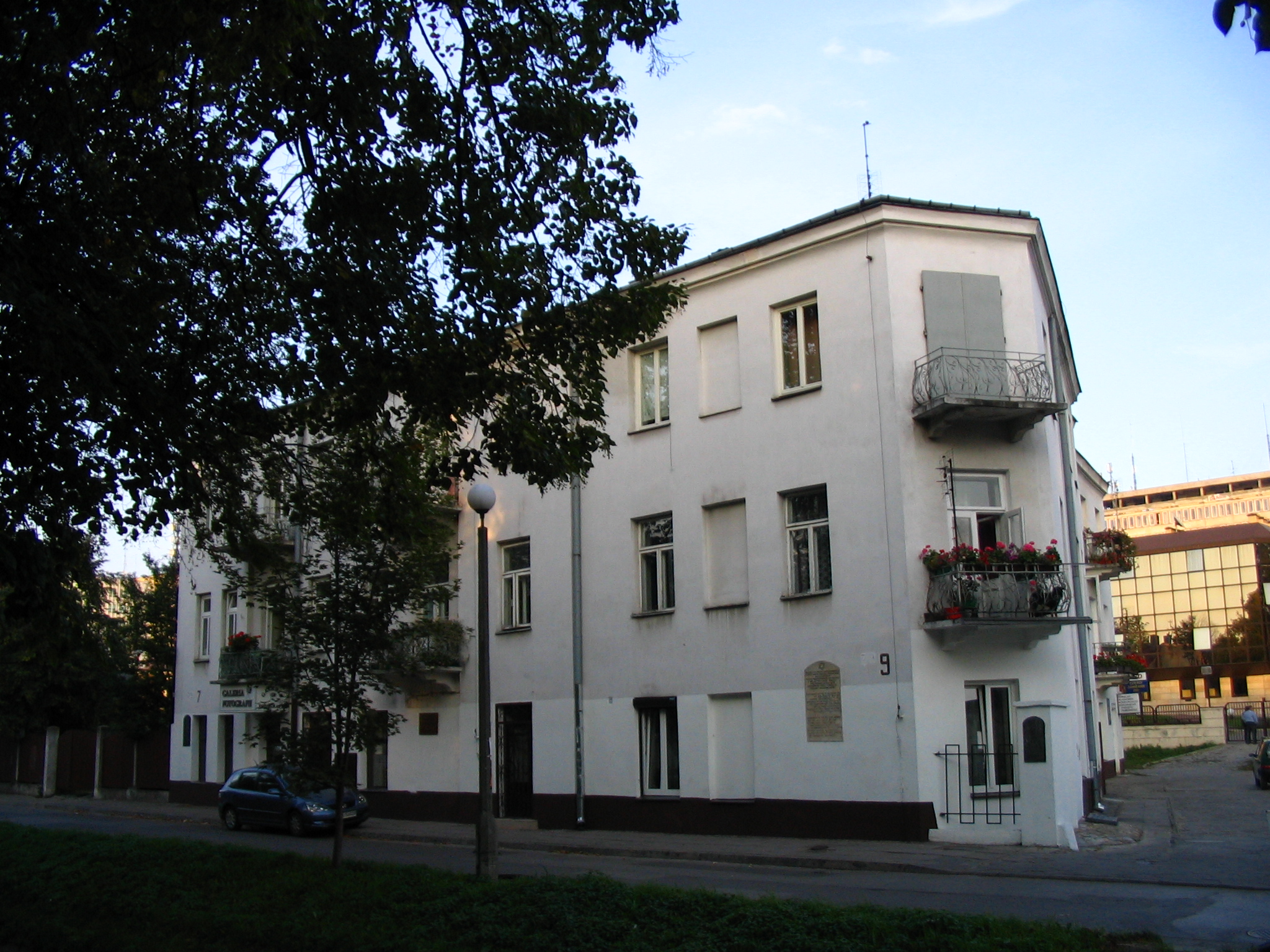Founding of the Hungarian Academy of Sciences – 1825 – Budapest
Fact of the Hungarian figure „First university of Hungary (Universities and sciences)”
Part of the „Transfer of the culture” topic
The founding of the Hungarian Academy of Sciences (Magyar Tudományos Akadémia) in 1825 marked a pivotal moment in the intellectual and cultural history of Hungary. Established with the generous donation of Count István Széchenyi, who offered a year’s income to create the institution, the Academy symbolized Hungary’s growing commitment to the advancement of science, education, and national identity during the 19th century. This gesture by Széchenyi aimed to elevate Hungary’s intellectual life, promote the use of the Hungarian language in scientific discourse, and facilitate the transfer of knowledge from Europe’s centers of learning to Hungary.
The Academy played a critical role in fostering Hungarian-language scholarship, particularly during a time when much of Central Europe’s elite communicated in Latin or German. It encouraged the development of Hungary’s scientific and cultural life, offering a platform for researchers, scholars, and intellectuals to collaborate and publish their work in Hungarian. This effort was vital for the consolidation of a national identity in the years leading up to the Hungarian Revolution of 1848, as intellectual independence became intertwined with political and cultural autonomy.
The idea of founding a scientific society in Hungary can be traced back to the late 18th century. Lutheran pastor and polymath Mátyás Bél first proposed the concept, followed by György Bessenyei, who formalized his thoughts in 1781. The 1791 National Assembly even discussed the establishment of a Hungarian scientific academy, but the plans were shelved during the reign of Francis I.
The initiative resurfaced during the 1825 Diet in Pozsony (now Bratislava). On November 2, Sáros County representative Máriássy raised the issue again, emphasizing the need for a Hungarian scientific institution. The following day, an impassioned speech by Felsőbüki Nagy Pál called out the aristocracy for neglecting the nation’s and its language’s interests. This speech set the stage for a historic moment: Count István Széchenyi, from the ranks of the upper house, surprised everyone by stepping forward during the lower house session and offering his entire year’s income of 60,000 forints to establish a Hungarian scientific society.
Széchenyi’s generous act inspired many other noblemen to make similar contributions, including significant donations from Sina Simon, Prince Batthyány, and Count György Károlyi. Archduke Joseph also contributed 10,000 forints, and József Teleki, who would later become the Academy’s first president, donated his personal library. This widespread enthusiasm and support culminated in the formal establishment of the Hungarian Academy of Sciences, which received royal approval in 1827.
In addition to Széchenyi’s commitment to national improvement, his act of philanthropy was motivated by a desire to impress his secret love, Countess Cresence Zichy. In his diary, Széchenyi admitted that his ambitions to win her affection also influenced his decision. Despite this personal motivation, Széchenyi’s donation had a lasting impact on Hungarian culture, solidifying his legacy as one of the nation’s greatest reformers.
The Hungarian Academy of Sciences began operations in 1830 under the name Magyar Tudós Társaság (Hungarian Learned Society). The institution’s first president, József Teleki, and other leaders developed the academy’s organizational structure, which included various scientific fields such as linguistics, history, philosophy, mathematics, and natural sciences. The founding of the Academy was not just a national achievement but part of a broader Central European movement to advance education and knowledge across borders.
In addition to advancing Hungarian scholarship, the Academy also served as a bridge between Central Europe and the broader intellectual currents of the time. By engaging with the scientific communities in Vienna, Prague, and beyond, Hungary contributed to the exchange of ideas that were shaping the region’s modernization. The Hungarian Academy of Sciences became a vital part of this network, participating in the broader European scientific community while asserting the unique contributions of Hungarian scholars.





